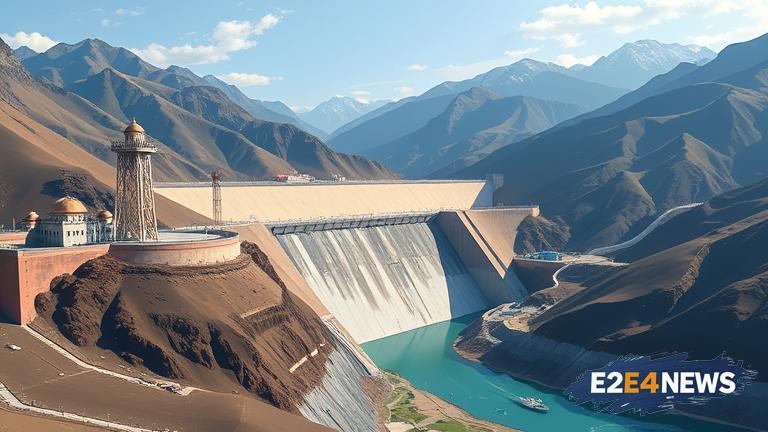The construction of a dam on the Yarlung Tsangpo river in Tibet by China has raised significant concerns in India, particularly in the state of Arunachal Pradesh. The dam, which is expected to be one of the largest in the world, has the potential to disrupt the natural flow of the river and affect the livelihoods of millions of people in the region. The Yarlung Tsangpo river, also known as the Brahmaputra, is a vital source of water and sediment for the fertile plains of Assam and other parts of northeastern India. The dam’s construction has sparked fears of water scarcity, flooding, and erosion in the downstream regions. Furthermore, the project has significant implications for India’s national security, as it could give China control over the water supply of a large part of the country. The Indian government has expressed concerns over the project, citing the potential environmental and social impacts. The construction of the dam is also expected to have significant geopolitical implications, as it could exacerbate the existing tensions between India and China over the disputed border region of Arunachal Pradesh. The region has been a point of contention between the two countries for decades, with China claiming it as part of its territory. The dam’s construction has also raised concerns over the potential for water wars in the region, as India and China compete for resources. The project has been criticized by environmentalists and local communities, who argue that it will have devastating impacts on the region’s ecosystem and biodiversity. The construction of the dam is expected to displace thousands of people and affect the livelihoods of many more. The Indian government has called for greater transparency and cooperation from China over the project, citing the need for a joint assessment of the environmental and social impacts. However, China has maintained that the project is a domestic matter and that it will not be bound by any international agreements or regulations. The construction of the dam has also sparked concerns over the potential for earthquakes and other seismic activity in the region, as the weight of the water behind the dam could put pressure on the surrounding geology. The project has been described as a ‘water bomb’ waiting to happen, with potentially catastrophic consequences for the region. The Indian government has been urged to take a strong stance against the project, citing the need to protect the country’s national security and environmental interests. The construction of the dam is a clear example of China’s growing assertiveness in the region, and its willingness to disregard international norms and regulations in pursuit of its own interests. The project has significant implications for the global community, as it highlights the need for greater cooperation and regulation over the use of shared water resources. The construction of the dam is a wake-up call for India and other countries in the region, highlighting the need for greater vigilance and cooperation in the face of China’s growing power and influence. The project has sparked a heated debate over the role of China in the region, with some arguing that it is a benign power and others citing its aggressive expansionism. The construction of the dam is a clear example of the complexities and challenges of managing shared water resources in a rapidly changing world. The Indian government must take a strong and proactive stance against the project, citing the need to protect the country’s national security and environmental interests. The project has significant implications for the future of the region, and it is imperative that India and other countries take a united stance against China’s aggressive expansionism.





